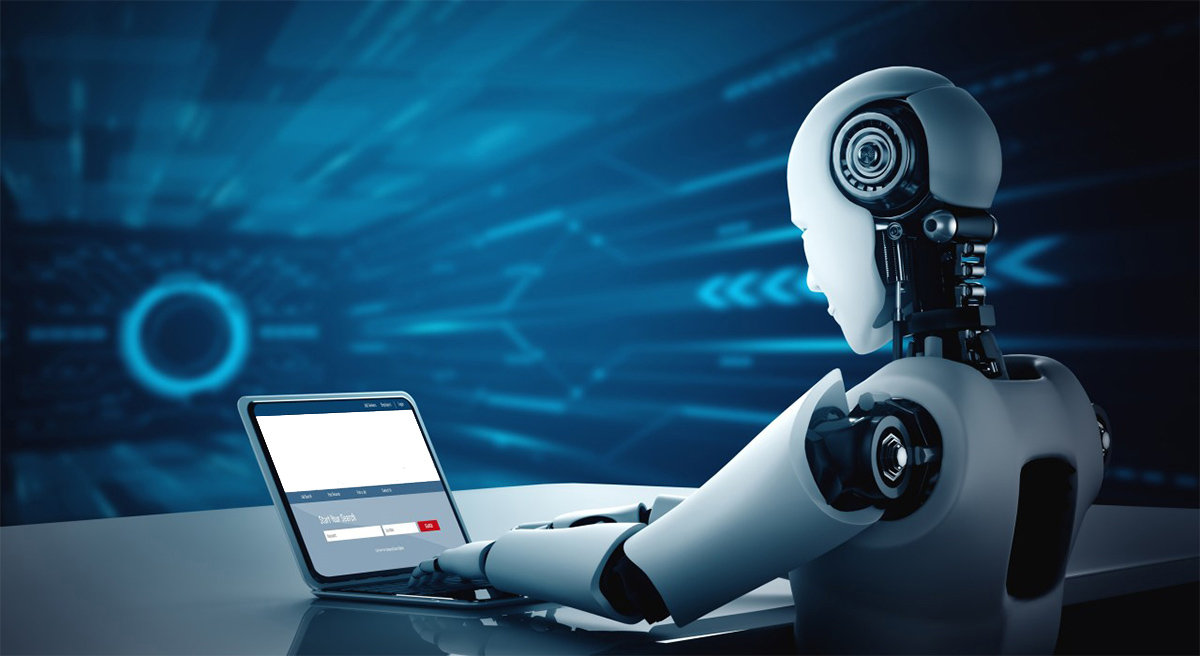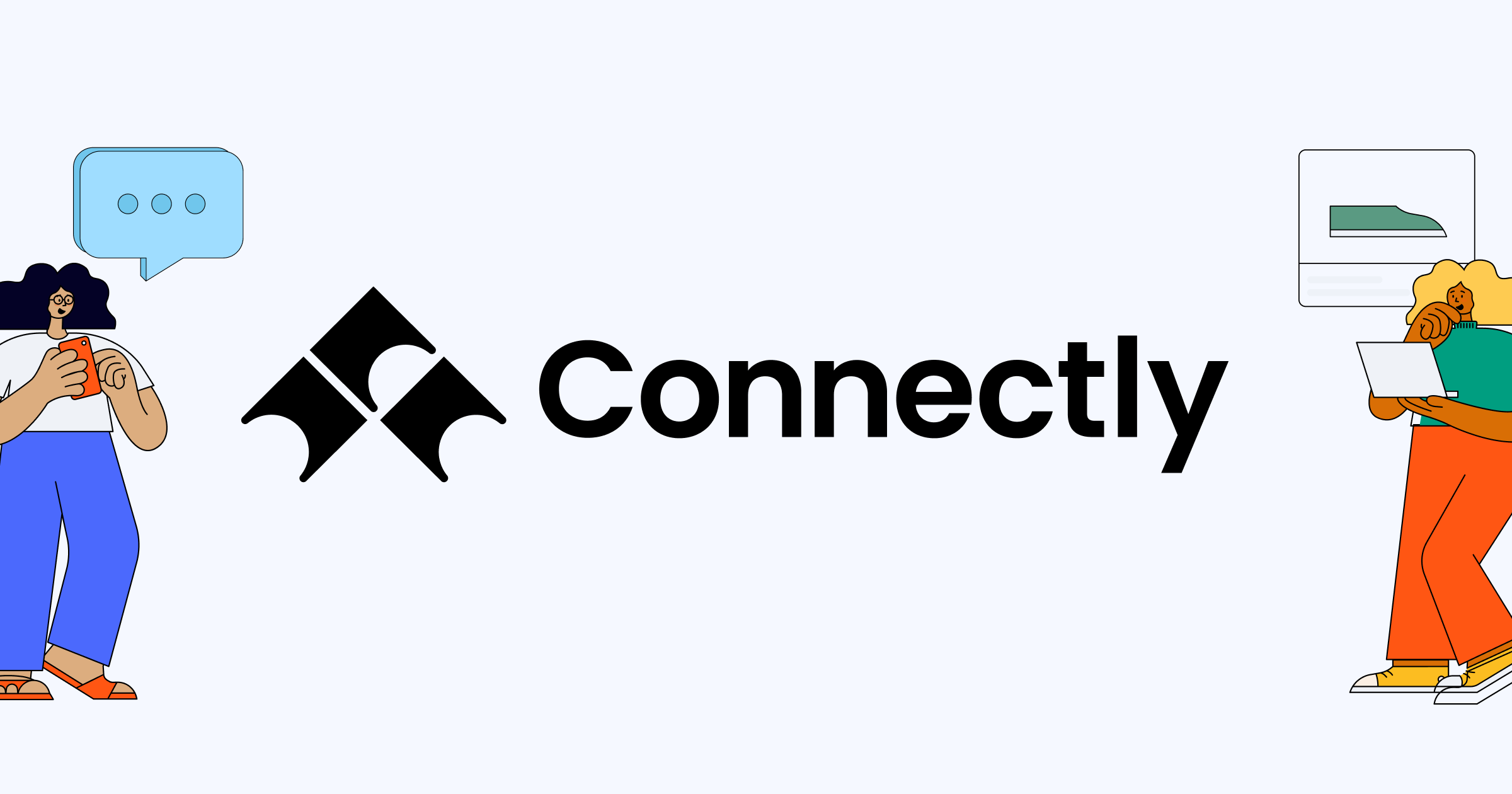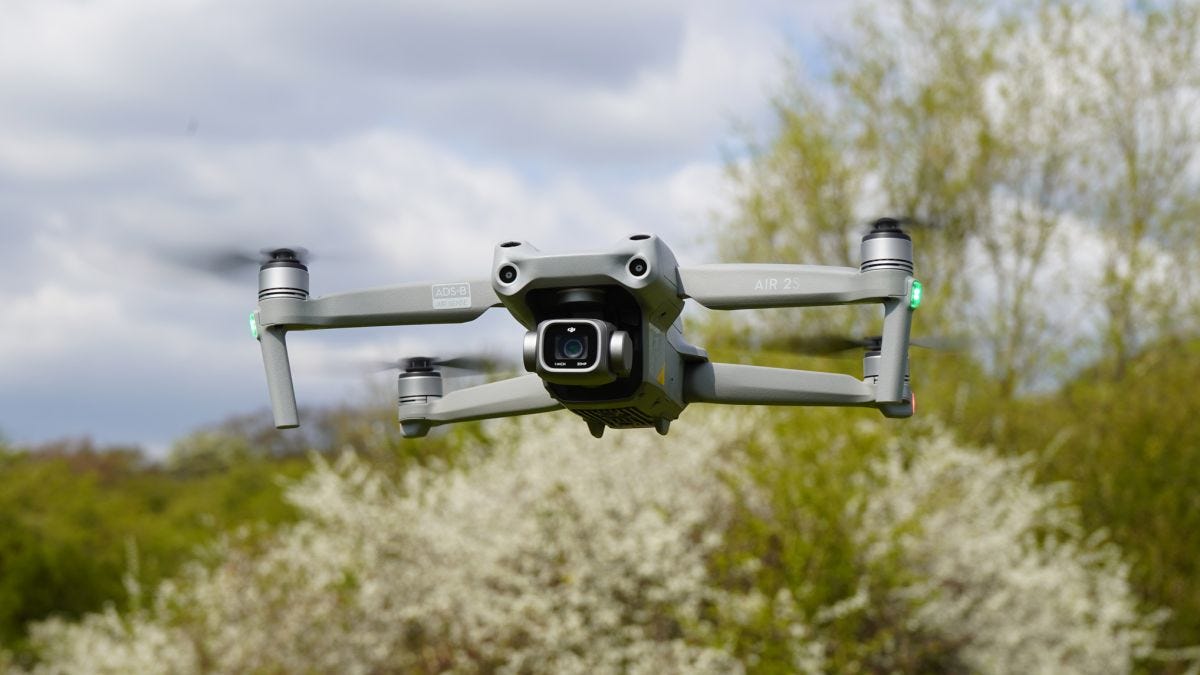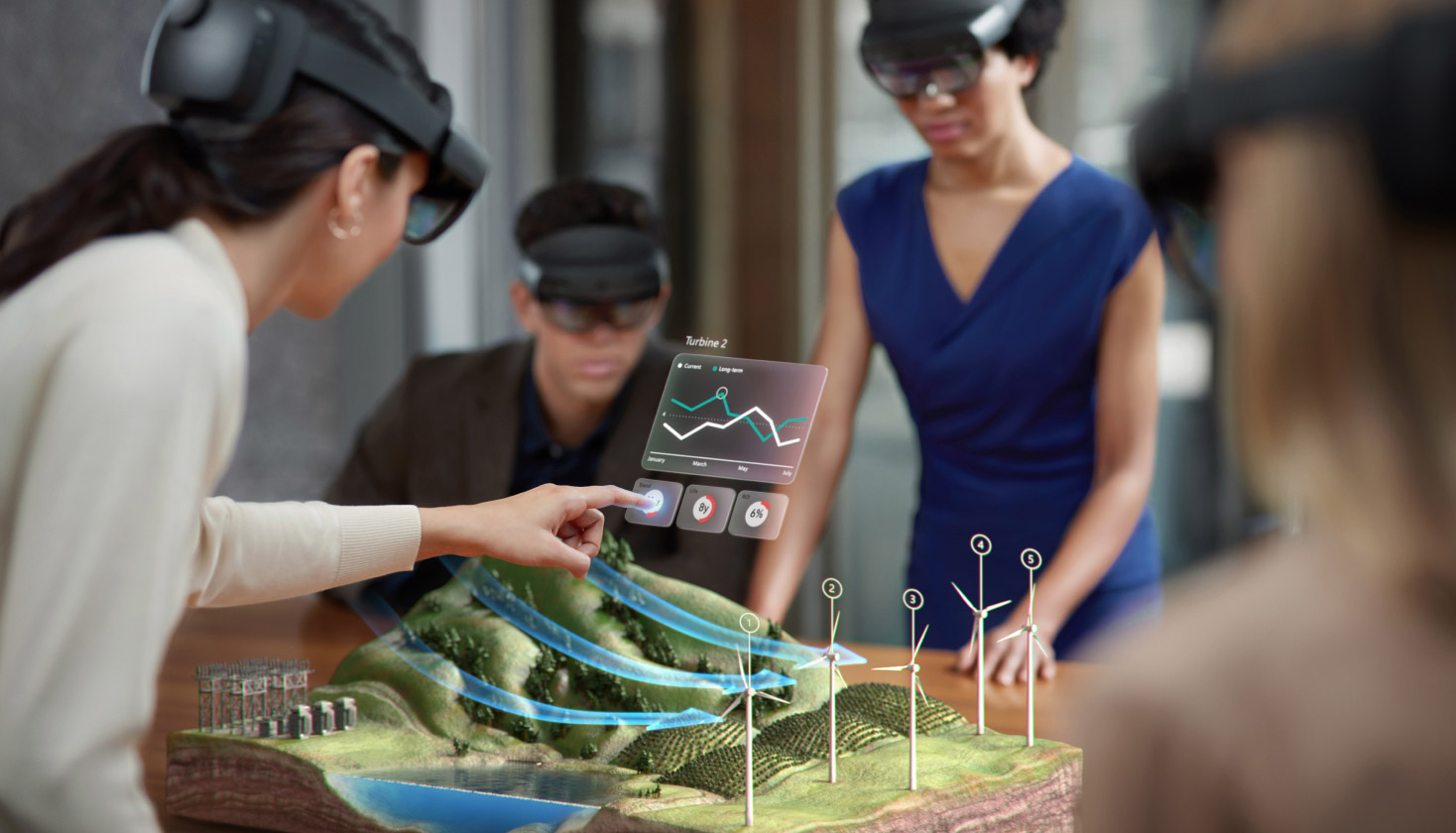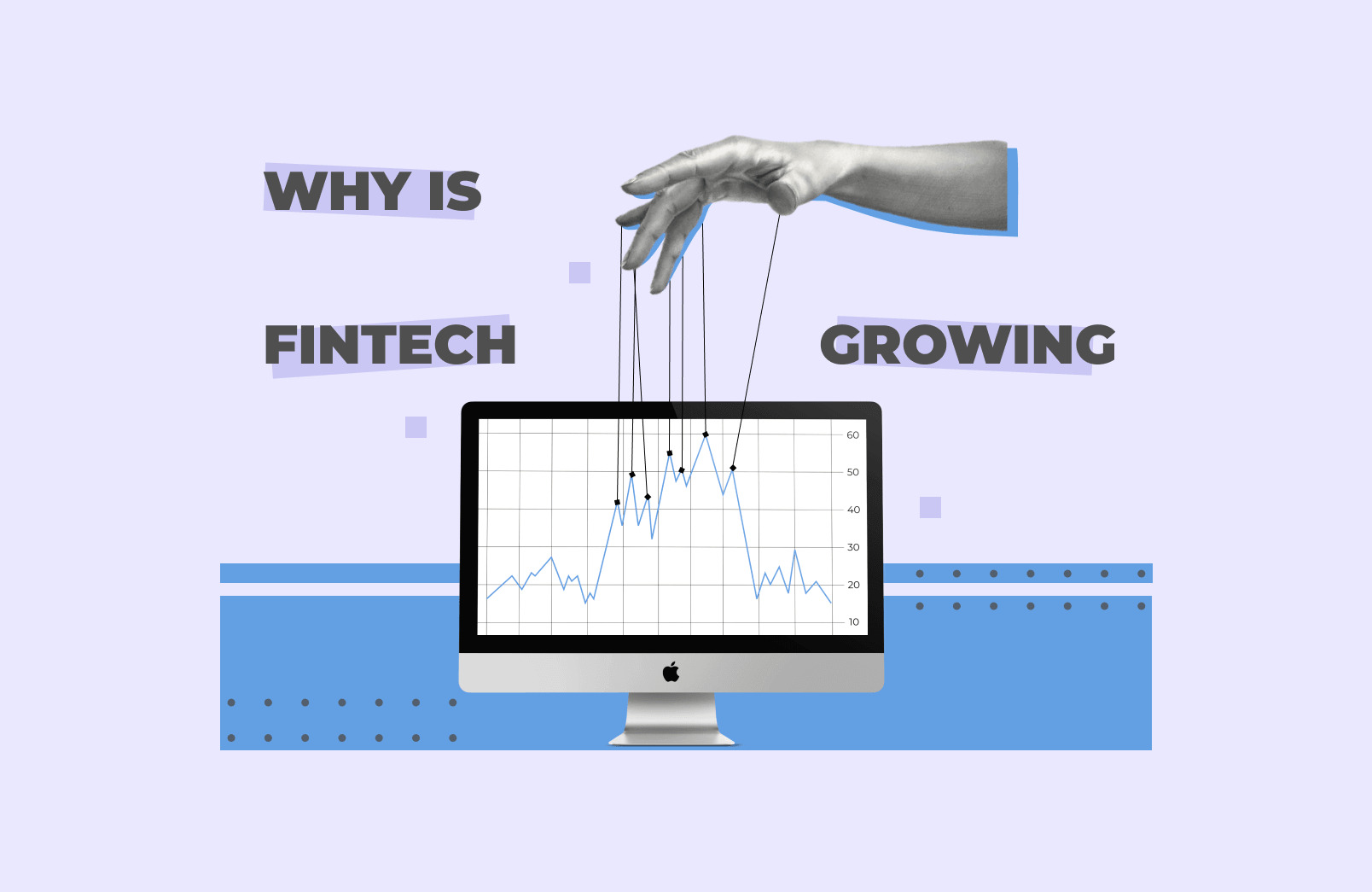Losing something valuable can be a frustrating experience, especially when it’s left behind in a public place like an airport or a stadium. The traditional process of reclaiming lost items often involves a tedious and time-consuming ordeal, leaving many individuals without hope of ever being reunited with their belongings. However, a Miami-based startup is aiming to change this narrative by leveraging the power of artificial intelligence (AI) to revolutionize the lost and found process.
Key Takeaway
Boomerang, a Miami-based startup, is utilizing AI-powered software to revolutionize the lost and found process, offering a more efficient and streamlined approach to reuniting individuals with their lost belongings.
The Challenge of Lost Items
Instances of lost items are more common than one might think. From phones and wallets to clothing and accessories, people inadvertently leave behind a wide array of possessions in various locations such as hotels, public transportation, and event venues. The sheer volume of lost items can be staggering, as evidenced by the New York MTA transit system’s collection of over 18,000 lost items from 2018 to 2023, despite the challenges posed by the pandemic.
Boomerang’s AI-Powered Solution
Boomerang, a forward-thinking startup, has developed innovative software that harnesses the capabilities of machine learning to streamline the process of matching lost items with their rightful owners. The platform enables businesses, including gyms and theme parks, to upload images and descriptions of found items, while individuals can do the same for the items they have lost. Through the power of AI, the software facilitates the matching process, allowing consumers to swiftly retrieve their lost belongings.
Enhancing Efficiency and Customer Experience
By leveraging AI technology, Boomerang seeks to expedite the retrieval of lost items, offering a marked improvement over the conventional approach that often involves repeatedly contacting customer service desks for updates. This transformative model not only aims to reunite individuals with their lost possessions more efficiently but also minimizes the frustration and inconvenience associated with the traditional lost and found process.







